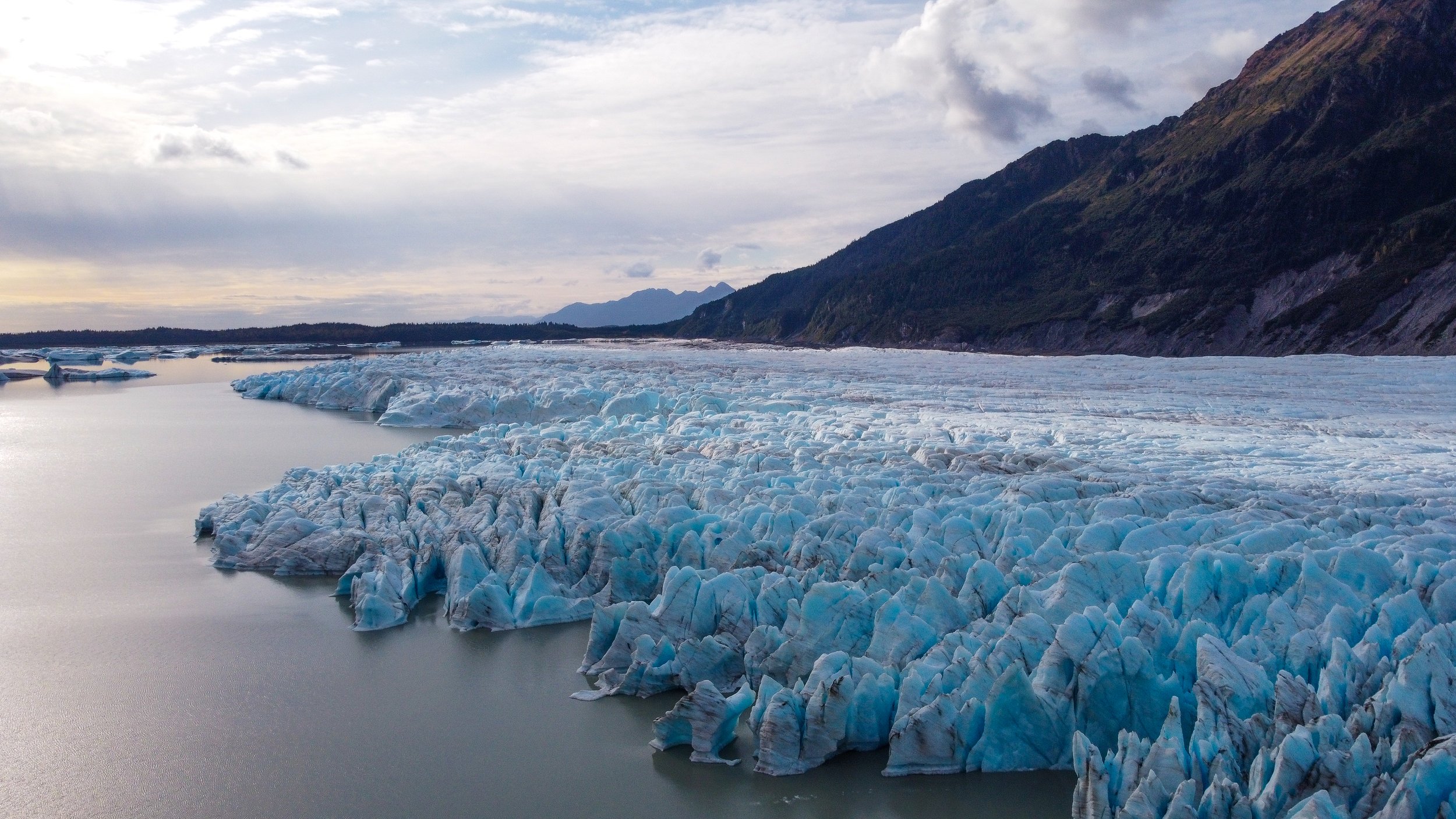
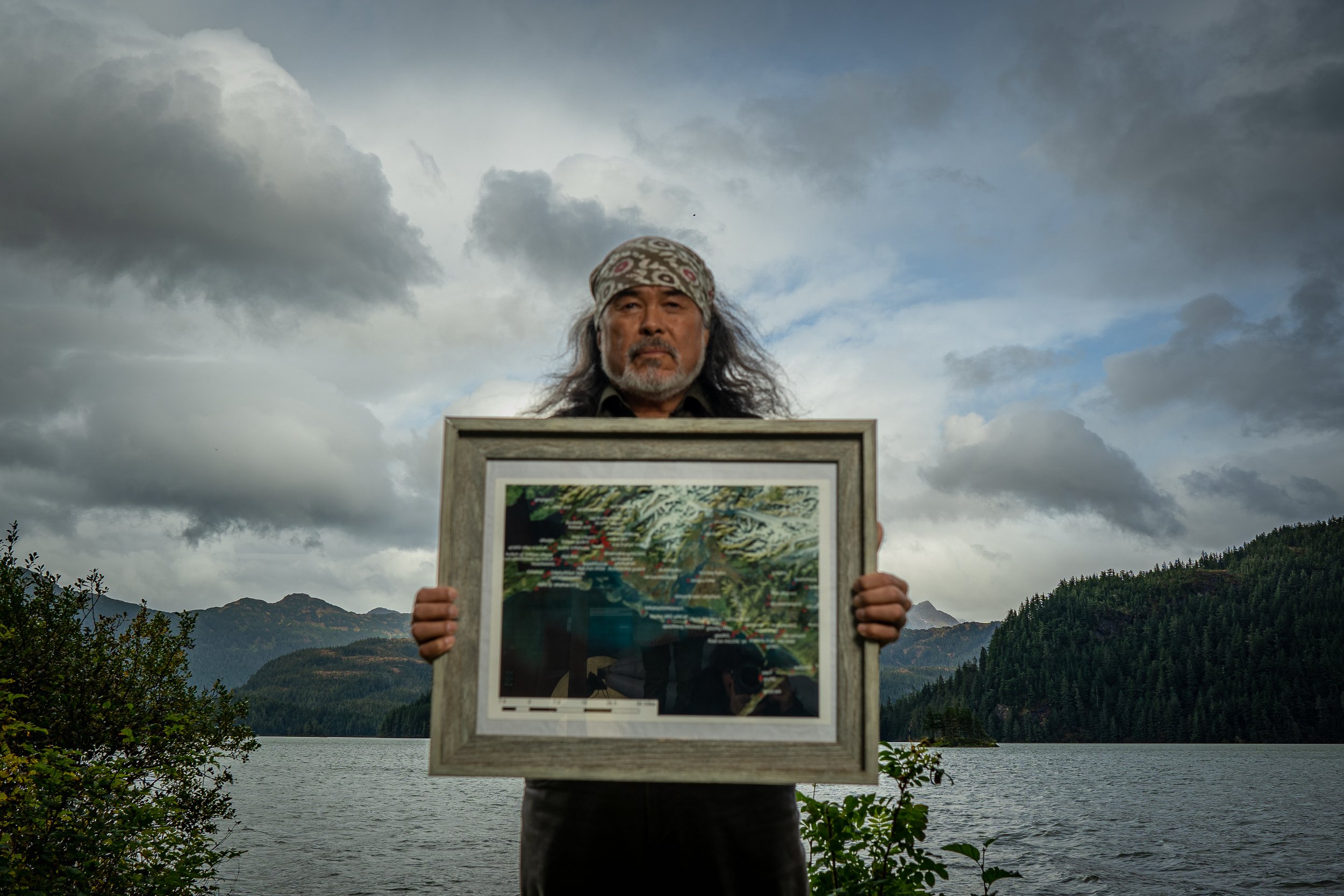


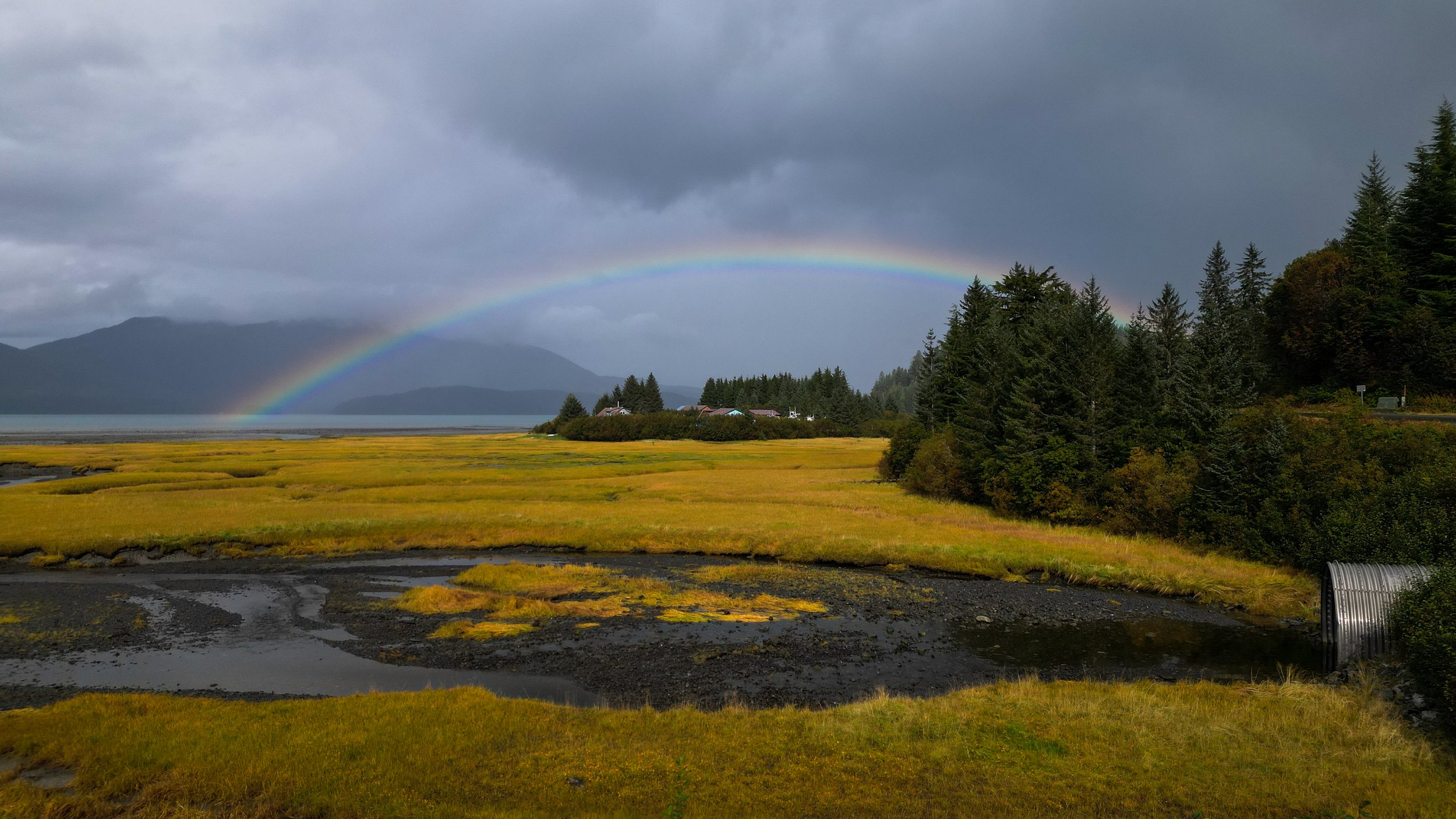
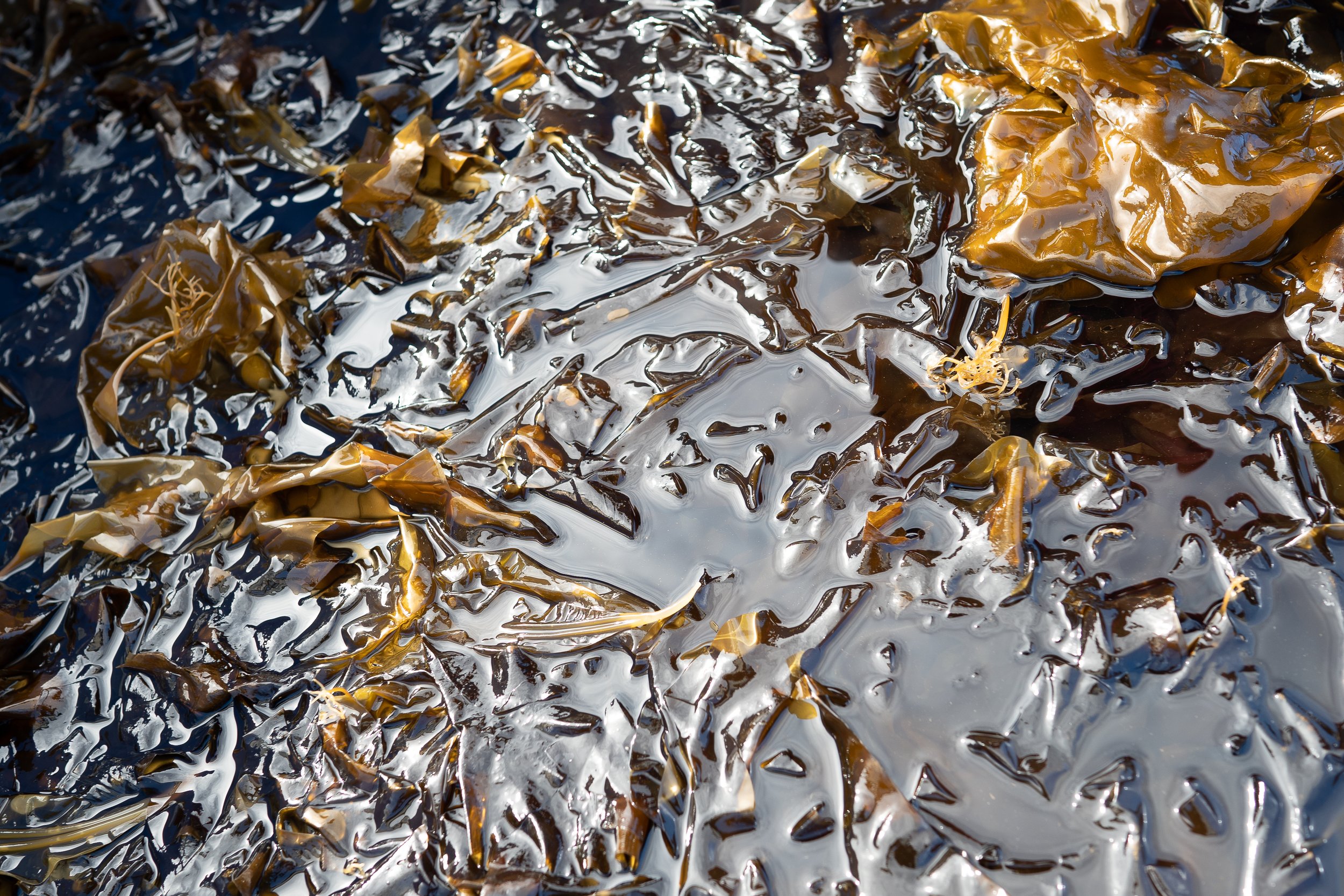
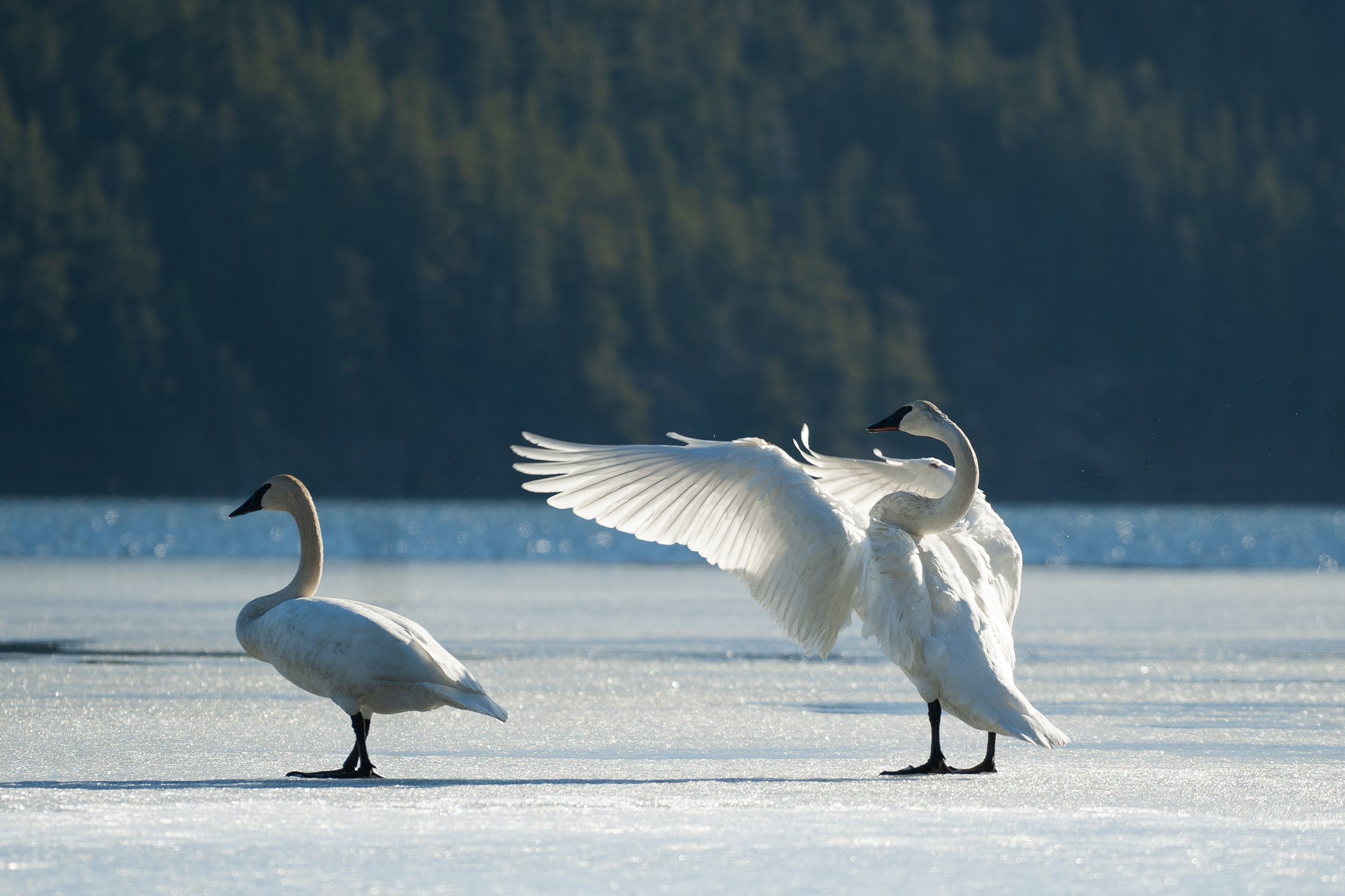
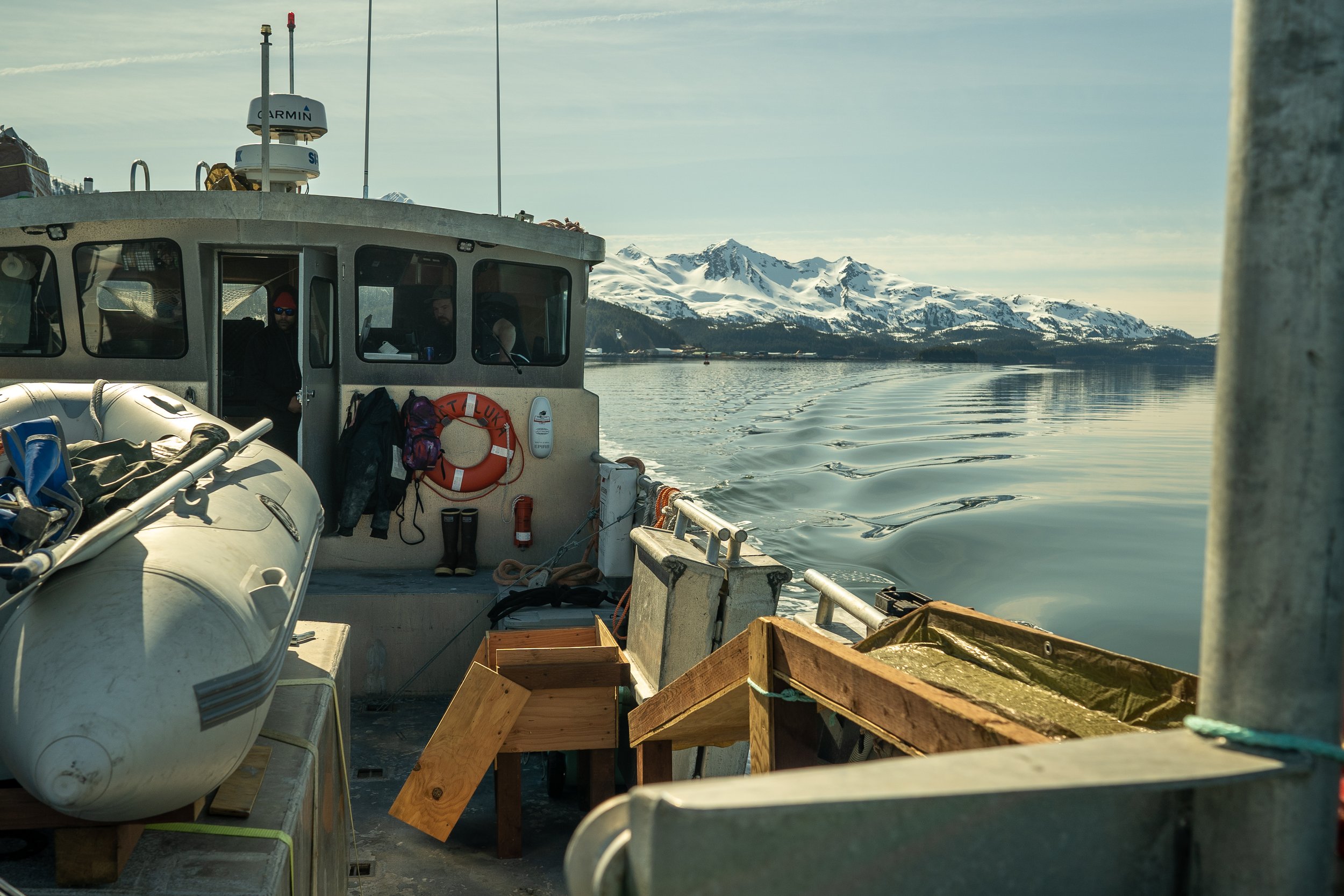


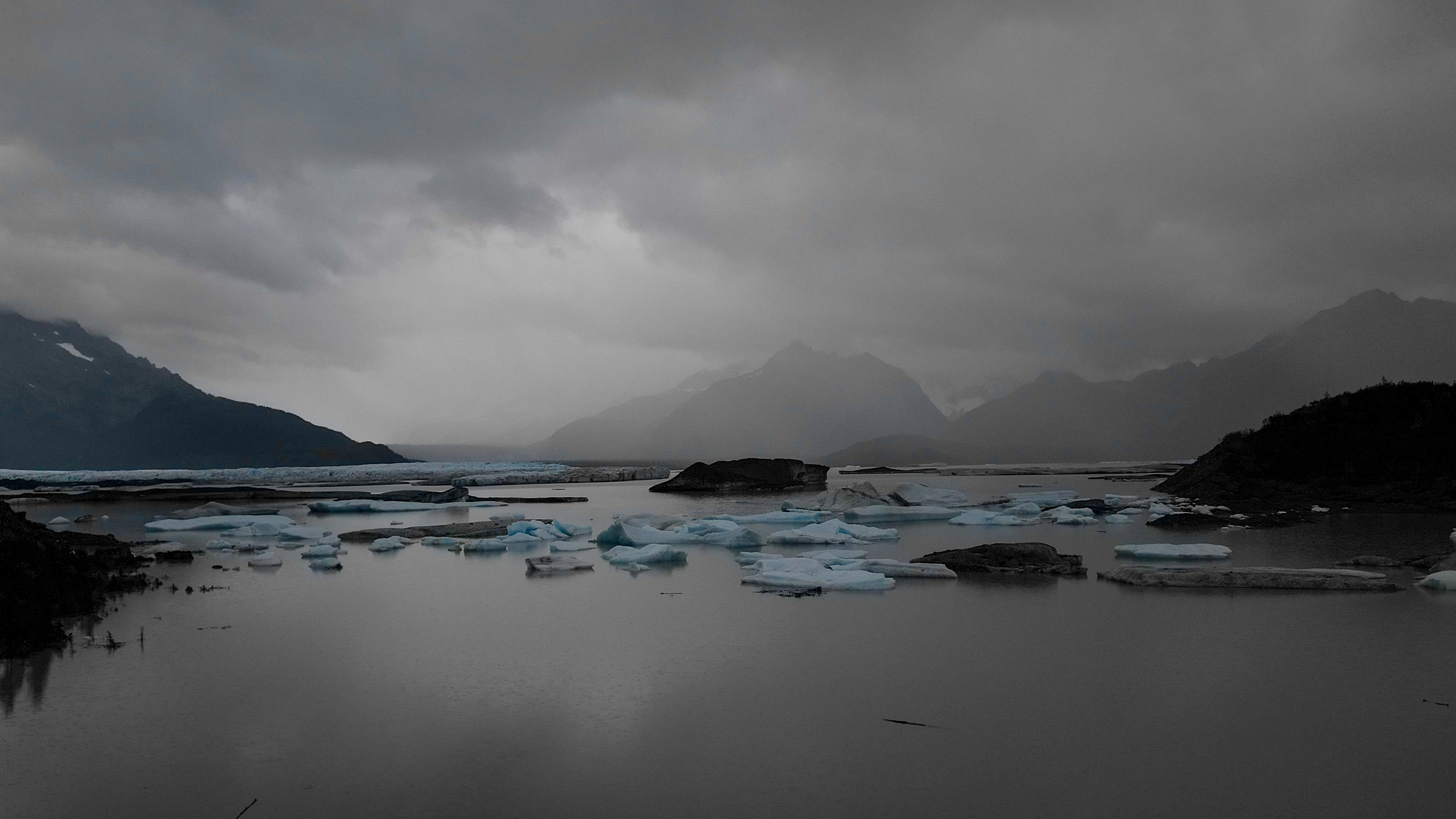
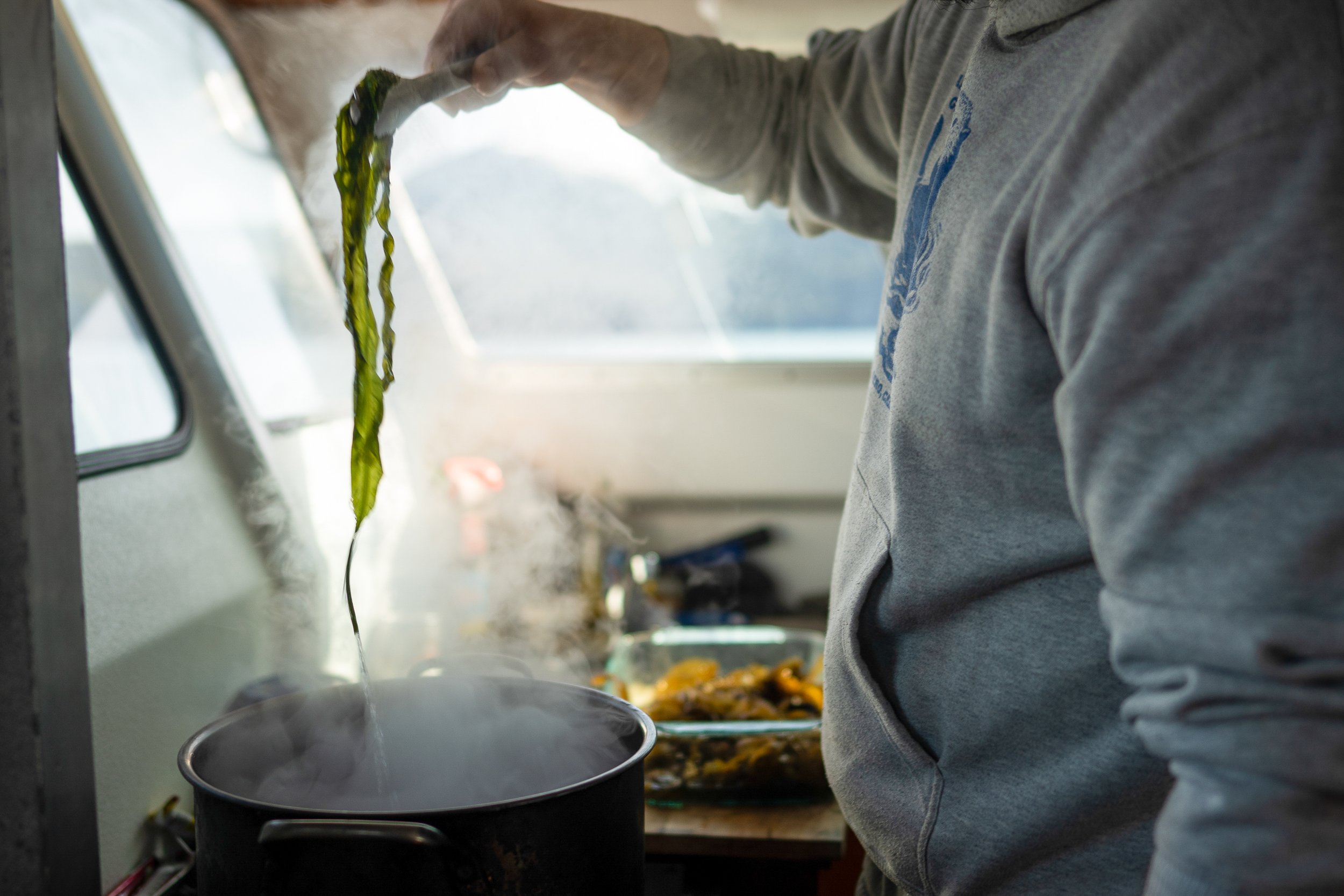
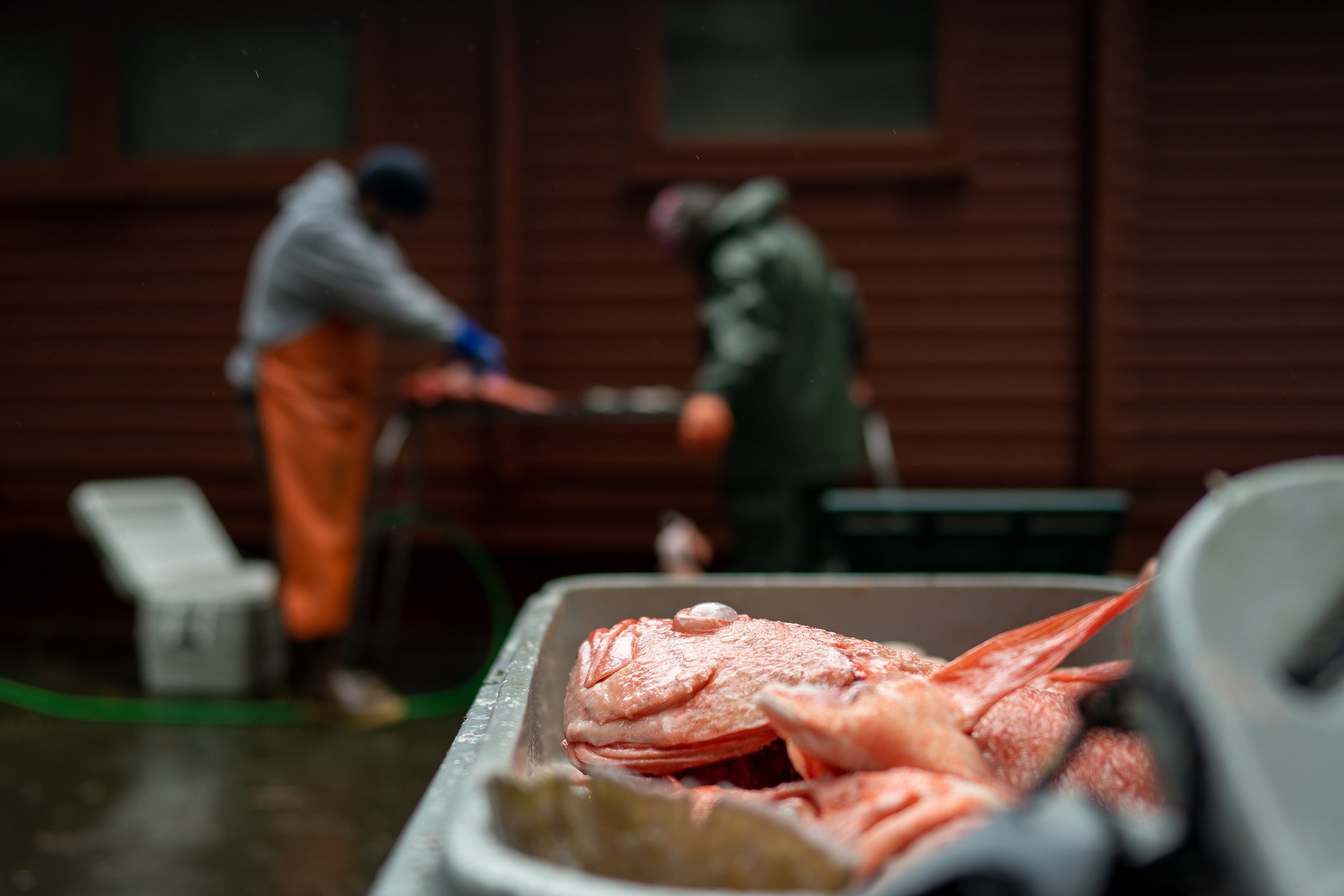
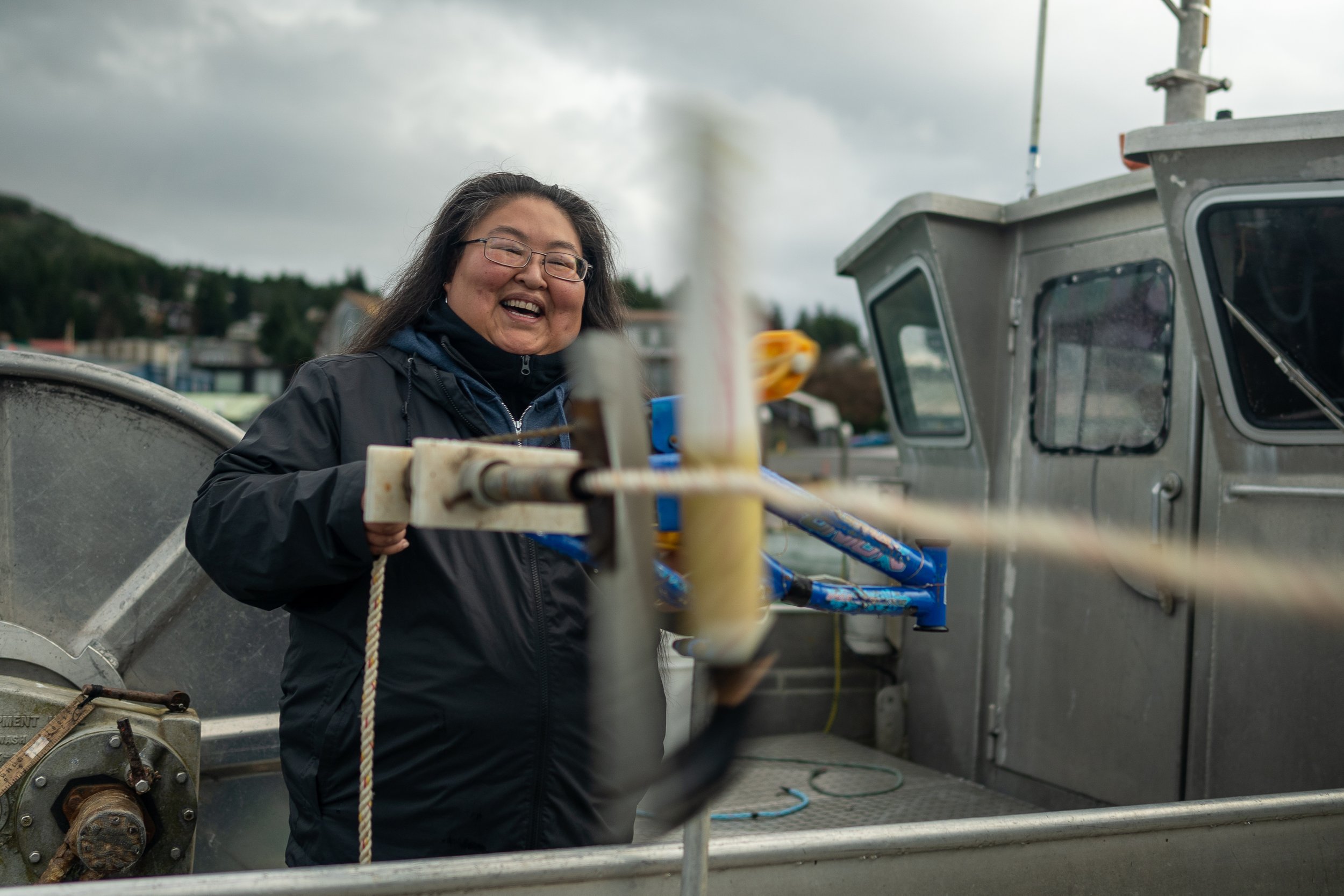
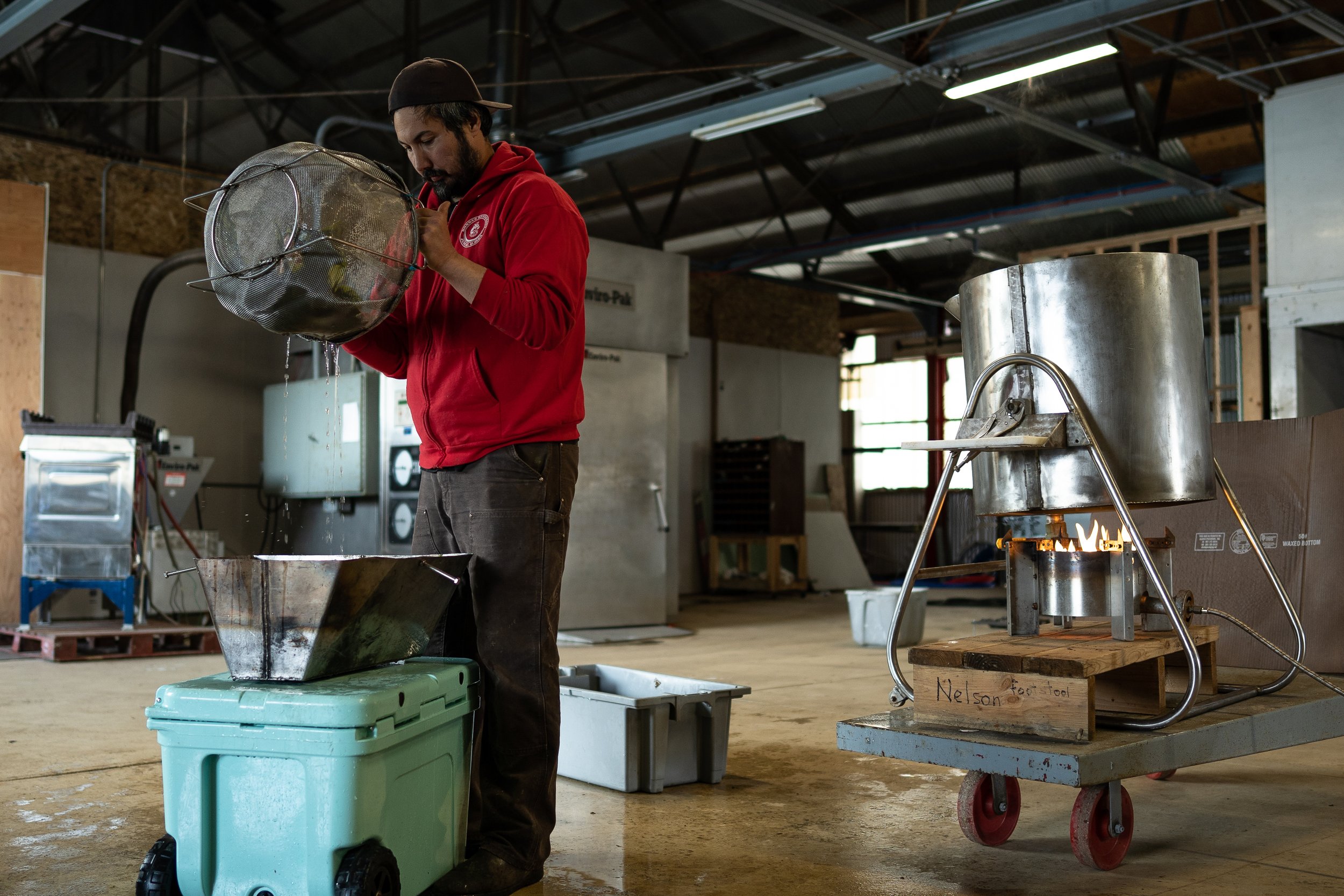
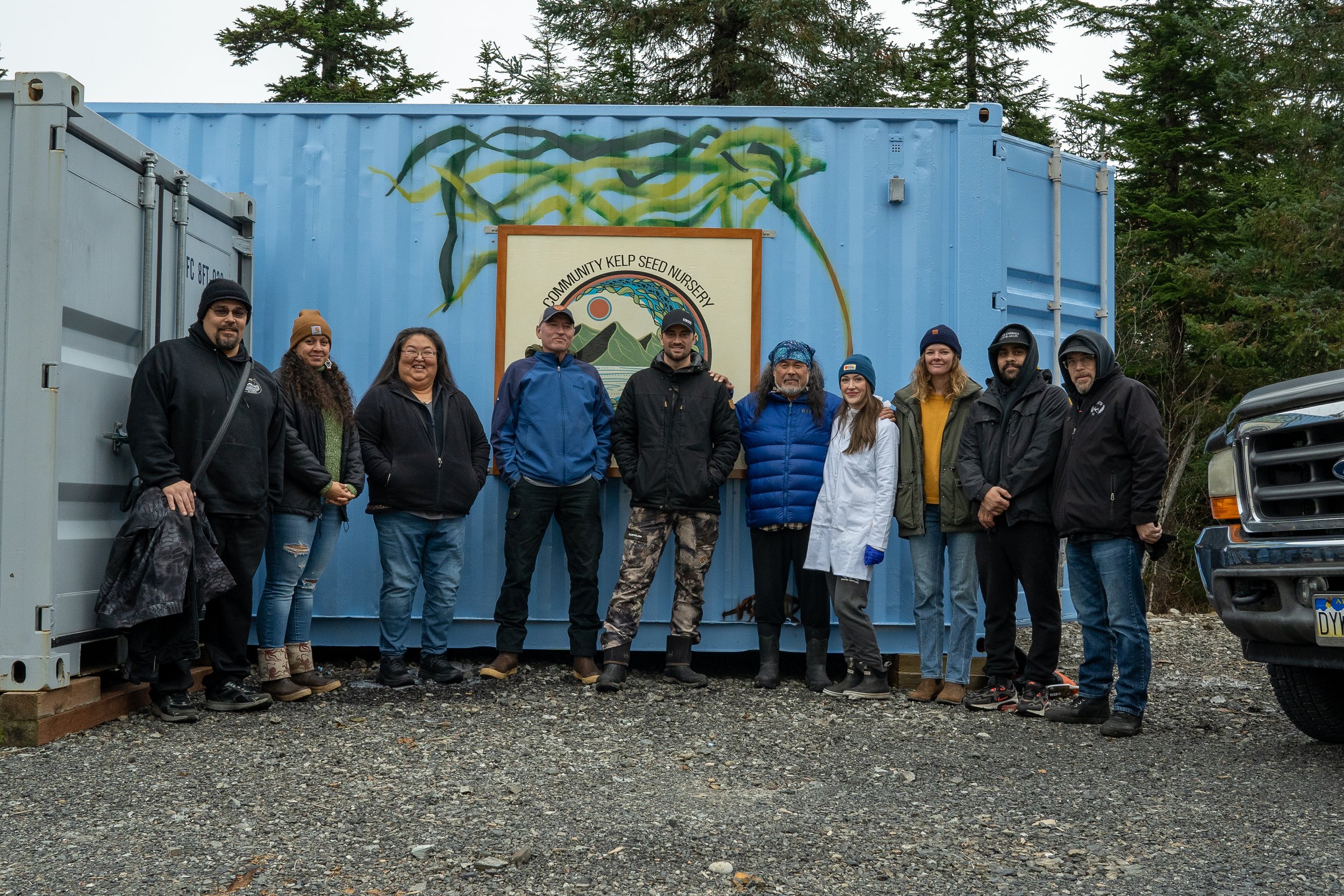
WORDS BY DARSHEL DIAZ
IMAGES BY AYŞE GÜRSÖZ
The ongoing consequences of climate change are becoming increasingly more visible. Now more than ever, it is evident how enmeshed our lives are with the environment. They are intertwined through entrenched privileges, global injustices, environmentalism, along with the legacies of colonialism and imperialism that continue to play out in real-time.
“Our ancestors were the first climate activists. Land and Ocean relationships based solely on extraction will lead to the destruction of our planet,” says Dune Lankard, Eyak Athabaskan Native of the Eagle Clan, Founder and President of Native Conservancy.
Dune Lankard, Founder of Native Conservancy, reminisces on coming out to Sheridan Glacier as a child.
Based in the village of Eyak in Cordova, Alaska, Native Conservancy was created after the Exxon Valdez oil spill to empower Alaskan Native peoples to protect and preserve endangered habitats in their ancestral homelands. It is the very first Native-led, Native-owned land conservancy in the United States.
The Native Conservancy Cultural Center from above, on the coastline of Eyak Lake, Alaska.
“The day the Exxon Valdez oil spill happened was the day the water died, yet it was also the day that something inside of me was ignited,” says Dune. “I realized that this is not how it ends; this is how it began for me, for us. We had to dig down deep inside our beliefs and our dreams to face our fears, to find the courage and strength to step up and be louder than everything else – yet remain a voice of reason – while we take on the powers that be, [who] got us into this mess in the first place.”
"My story as an advocate would not be complete if I did not begin with the Exxon Valdez oil spill that devastated my ancestral homeland 32 years ago. This event transformed me into a social change activist and Native Rights leader.” - Dune Lankard
For the past two years, photographer Ayşe Gürsöz has worked closely alongside members of Native Conservancy. Her work thematically focuses on climate justice and how it can overlap with food sovereignty and economic justice. “Climate justice” as a term signals how climate change impacts people across race, gender, geography, and generation disproportionately.
Ayşe has witnessed that those at the frontlines of climate change initiatives – such as Indigenous peoples, smallholder farmers, and grassroots groups across the Global South – have the most powerful solutions. “They are the frontlines of change, and to meet the scale of the climate crisis, these are the solutions we most need to be giving our attention. These are the solutions that most need resourcing,” she says. As one of five Revolutionary Storyteller grant recipients, Ayşe will continue to amplify the work of Native Conservancy, particularly their OceanBack initiative.
The Native Conservancy team spots ribbon kelp and collects some samples to test propagation for their kelp farm.
The OceanBack initiative was created as a way to heal the damage caused by the Exxon Valdez oil spill, and it continues to help Alaskan Native communities and kelp farmers to be the rightful stakeholders of their ancestral waters. “My goals for kelp farming are threefold: Food sovereignty! Food security! Economic independence!” exclaims Dune. “These three elements strengthen our inherent rights of sovereignty, subsistence and spirituality while at the same time building resilient communities and regenerative economies that safeguard our lands, our waters, and our cultural way of life.”
On a global level, kelp forests mitigate more CO₂ emissions than terrestrial forests, support ocean remediation, and reverse ocean acidification. On a local level, kelp farming provides regenerative jobs for Native Alaskans in places where the only other options are jobs in commercial fishing. The program has also been able to employ local Indigenous youth within the community, and provide healthy greens to communities where they’re usually inaccessible or extremely costly. Ayşe’s documentation of this initiative and its successes has enabled Native Conservancy to share their story with people on a national and global scale, and has helped them secure funding opportunities to continue to scale up these impactful solutions.
Jim Smith (Eyak) harvests and processes the kelp with an assembly line he fashioned on the boat.
The benefits of kelp are abundant, as Kelsey Hawley, Alaskan Aleut and lifelong tribal member of the Native Village of Eyak, tells us: “Kelp is important in my daily life, because the ocean is important in my daily life,” she says. “My family supports itself [by] fishing here in Prince William Sound, one of the most pristine regions left on the planet. Kelp can make a dramatic effect on our declining oceans. It can grow 18 inches a day and captures carbon at five times the rate of land-based forests. Kelp improves water quality while still producing a resource. Not just a resource for food, but other industries as well – such as biofuel, bioplastics, fertilizers, [and] cosmetics!” she continues.
“Resources from our ancient world’s past have a tendency to come full circle. Today, kelp is thought of as a modern product. Yet you will find kelp’s presence littered throughout Prince William Sound’s history, and find it has been on Indigenous tables for centuries. It is a beautiful thing when you start to see the modern world catch up to ancient traditions. As an Indigenous person, it is very empowering to see this. It is amazing that something as simple as kelp is able to connect, not only me to my heritage, but an entire world to this heritage.”
Kelsey Hawley, Aleut Community Member.
Coastal communities in Alaska depend on the ocean for their spiritual and cultural ways of life, and also for nutrition. Kelp farming supports cultural revitalization across communities because it is a traditional nutritious food source; a part of their culinary practices and cultural identity. Native Conservancy’s kelp and mariculture research encompasses all stages and processes related to kelp farming, and their ten-year goal is to acquire permission to release one hundred 20-acre Native-owned kelp farms that can sequester carbon in 2,000-6,000 acres of ocean and grow upwards of 30-90 million pounds of raw food and restorative kelp annually. Restorative managed kelp farms within the 1,500-mile Exxon Valdez spill zone can protect and restore the habitats needed to forage fish, wild salmon and Pacific herring.
Dune Lankard: "The beauty of kelp farming is that kelp needs very little care. You don’t have to feed it, water it, or fertilize it…This incredible ocean resource has been a part of our way of life for more than 3,000 years. It has nourished us, provided medicinal cures, and provided refuge for the salmon and herring that are at the heart of our existence.”
“You hear a lot about sustainable economies or sustainability. But what sustainability really means is maintaining what you still have and hoping for the best,” says Dune. “Regenerative, on the other hand, is about taking action. It’s about restoring, renewing, and revitalizing. The ocean needs our help, and we need to do everything imaginable to help the ocean renew itself. Getting kelp and mariculture products in the water is one of the quickest, surest ways that we can help the ocean. Regenerative kelp farming is an opportunity to restore our oceans, to grow a traditional food source that we have enjoyed for thousands of years, and to create regenerative economies.”
Tesia Bobrycki, OceanBack Director, in the kelp nursery.
There is a saying: “I fish, therefore I am.” Alaska, once a thriving hunter-gathering and salmon-fishing nation, is currently facing compounding impacts from hundreds of years of colonization, resource extraction, and human-caused environmental crises.
“I have witnessed the salmon get smaller and fewer,” says Rachel Hoover, mother of two and a lifelong resident of Cordova, Alaska. She is an Aleut artist and also owns her own small business.
“This place, the land, the mountains, the light that dances off the water…it honestly brings me to tears at times. I was always told as a kid I was too sensitive by certain people that came into our family later on. I now understand that it’s a strength and I’m simply connected to it all, we all are.” - Rachel Hoover, Aleut artist and small business owner.
She continues, “It’s honestly been very devastating to watch my friends and family become so overwhelmed with stress and debt. I worry about the salmon returning, the berries we gather…This land is so very fragile, I don’t want it to disappear. I want my children to grow in this beautiful place and still be able to fish, hunt, and gather with their own families. The benefits of kelp farming [are] to renew the habitat for the small fry, providing a nursery, all the while cleaning our waters.”
All in all, kelp is a source of hope for Dune and his community. “When you look at our current economic and political systems and the bigger picture of climate change, including ocean acidification and warming seas, it is easy to become overwhelmed and feel hopeless,” he says. “By stepping up, finding our courage, and leaning in with strategic collaboration, networking, and community building, and directing our energy (time, money, love), we can build a healthier, more just, robust, and equitable future for our next generations.”
Dune and Tesia kayak out to the other end of Sheridan Glacier to take stock of the glacial recession.
This story was created with the support of Aesop and our Revolutionary Storyteller Grant. Take action and support Native Conservancy’s OceanBack initiative, which aims to teach Indigenous people to become kelp farmers.
Quotes have been edited for accuracy and concision.











